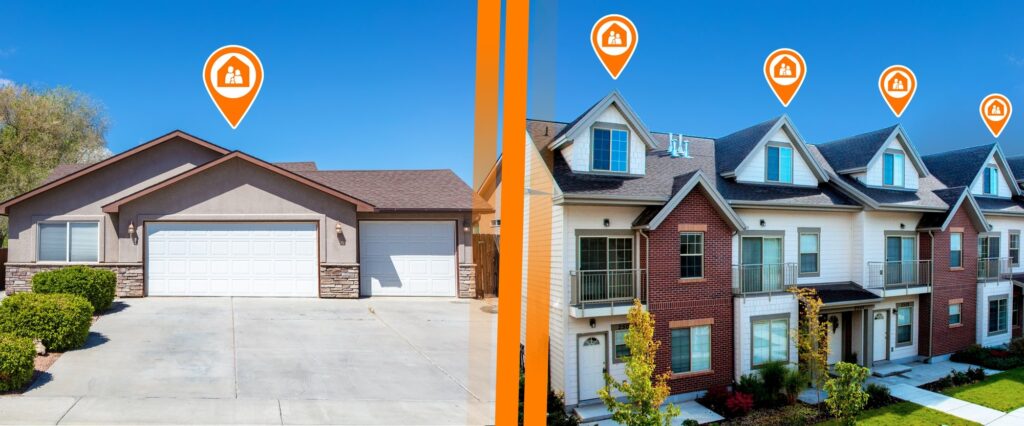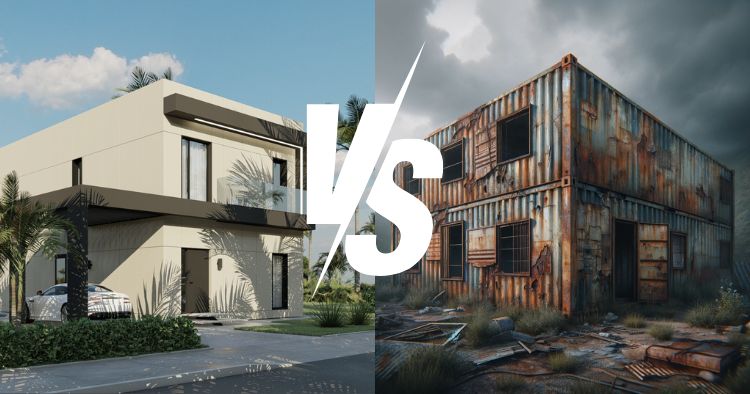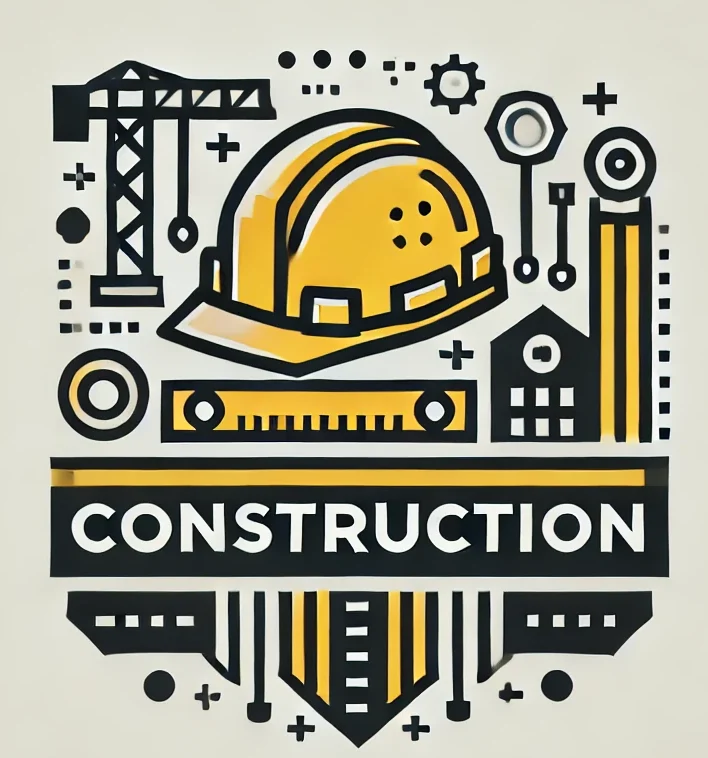Modular Home Construction: A Comprehensive Guide
What Is Modular Home Construction?
Modular home construction is an innovative approach to building homes, where sections (or “modules”) are prefabricated in a factory and then transported to a site for assembly. Unlike traditional construction, which takes place entirely on-site, modular homes are constructed in a controlled environment, ensuring efficiency, quality, and cost-effectiveness.
How Modular Homes Are Built
The process involves several key steps:
- Design and Planning: Homeowners select layouts, materials, and custom features.
- Factory Fabrication: The home is built in sections using precise engineering.
- Transportation: The modules are carefully transported to the home site.
- On-Site Assembly: The modules are placed on a foundation and secured.
- Final Touches: Utility connections, interior finishing, and inspections are completed.

Modular vs. Traditional Construction
| Feature | Modular Homes | Traditional Homes |
|---|---|---|
| Build Time | 30-60% faster | Longer due to weather delays |
| Cost | Generally lower | Higher labor and material costs |
| Quality Control | Factory-controlled | Varies with site conditions |
| Sustainability | Less waste | More material waste |
| Customization | Highly customizable | Customization available but costly |
Benefits of Modular Home Construction
Faster Build Time
Since modules are constructed in a factory, weather conditions don’t cause delays, leading to significantly shorter build times.
Cost-Effectiveness
Bulk material purchasing and efficient labor reduce overall costs compared to traditional on-site construction.
Sustainability and Energy Efficiency
- Less waste due to controlled manufacturing.
- Use of energy-efficient materials and techniques.
- Reduced carbon footprint from shorter construction times.
Types of Modular Homes
Single-Section vs. Multi-Section Homes
- Single-section homes: Compact and affordable, often used as starter homes.
- Multi-section homes: Offer larger living spaces and more design options.

Custom vs. Standard Modular Homes
- Standard models: Pre-designed layouts that are quicker and more cost-effective.
- Custom models: Allow for personalized floor plans, finishes, and features.
Key Factors to Consider Before Choosing Modular Construction
Zoning and Permits
- Check local regulations regarding modular homes.
- Secure necessary permits before beginning construction.
Foundation and Site Preparation
- Site must be properly prepared for module placement.
- Choose between permanent or pier foundations based on local requirements.
Financing and Insurance
- Modular homes qualify for traditional home loans.
- Insurance rates are similar to those of site-built homes.
Modular Home Construction Process: Step-by-Step
Design and Planning
- Choose a layout and floor plan.
- Select materials, fixtures, and finishes.
Factory Fabrication
- Walls, floors, and ceilings are built simultaneously.
- Quality control ensures precision and durability.
Delivery and On-Site Assembly
- Modules are transported and lifted onto the foundation by a crane.
- Sections are connected, and final installations are completed.
Common Myths About Modular Homes
Myth: Modular Homes Are the Same as Mobile Homes
- Reality: Modular homes are built to the same (or higher) standards as traditional homes.
Myth: Modular Homes Are Low-Quality
- Reality: Modular homes are often stronger due to factory precision and quality control.

Future Trends in Modular Home Construction
Smart Home Integration
- Modular homes are increasingly incorporating smart technology like automated lighting and security systems.
3D Printing and Automation
- The use of 3D printing is revolutionizing modular home construction, allowing for more sustainable and faster production.
Conclusion
Modular home construction is revolutionizing the housing industry by providing faster, more affordable, and eco-friendly alternatives to traditional construction. With growing advancements in technology and customization options, modular homes are becoming a mainstream solution for homeowners seeking quality and efficiency.
Table of Contents
FAQ Section
1. Are modular homes cheaper than traditional homes?
Yes, modular homes generally cost less due to controlled factory production and reduced labor expenses.
2. How long does it take to build a modular home?
On average, modular homes take 3-6 months from design to move-in, significantly faster than traditional homes.
3. Can modular homes be customized?
Absolutely! Many modular builders offer custom layouts, finishes, and features to fit homeowners’ preferences.
4. Are modular homes durable?
Yes, they are often stronger than traditional homes due to factory precision and reinforced structures.
5. Do modular homes appreciate in value?
Like traditional homes, modular homes can appreciate in value depending on market conditions and upkeep.
6. What foundation is needed for a modular home?
Modular homes require permanent foundations, such as crawl spaces, basements, or slabs.
7. Can I get a mortgage for a modular home?
Yes, modular homes qualify for traditional home loans just like site-built homes.
8. Are modular homes energy efficient?
Yes, most modular homes are designed with energy-efficient materials and appliances, reducing utility costs.
